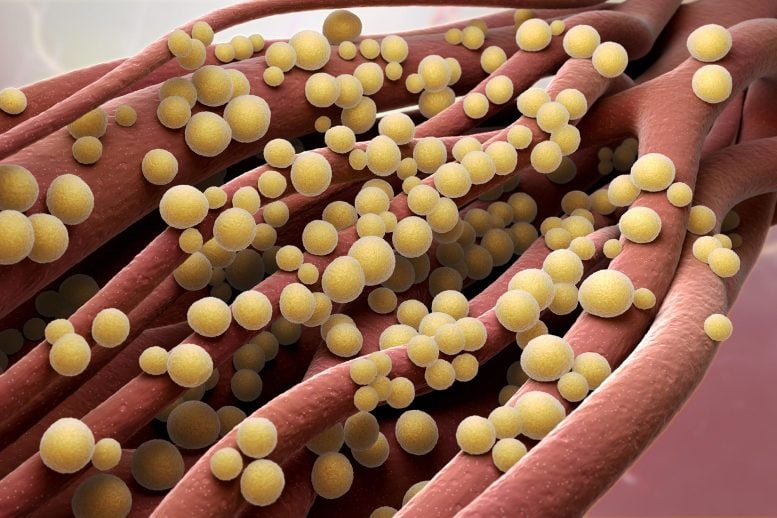
Staphylococcus aureus is a Gram-positive bacterium commonly found on the skin and nasal passages of humans. While it is a normal part of the human microbiota, it can also cause a range of infections, from minor skin infections to life-threatening conditions such as pneumonia and bloodstream infections. This bacterium is known for its ability to develop antibiotic resistance, making it a significant concern in healthcare settings.
Staphylococcus aureus is a common bacterium that you may have encountered if you’ve ever had a wound infection. In the majority of instances, the infection will clear up on its own without any treatment. However, if the infection is severe, it may necessitate the use of antibiotics to eradicate the bacteria. This is the case for the majority of the population. In fact, many of us unknowingly harbor staphylococci in our noses, an ideal and moist habitat where the bacteria can flourish, even though we feel absolutely healthy.
Nevertheless, there’s a growing concern as more and more staphylococci are developing resistance to antibiotics. This strain, often referred to as multi-resistant staphylococcus aureus or MRSA, can result in infections that are challenging to manage and treat.
“Antibiotic resistance is an increasing problem, especially on a global scale. And when you have this relatively simple infection which suddenly cannot be treated with antibiotics, the situation can turn serious, sometimes life-threatening,” says Professor Niels Ødum from the LEO Foundation Skin Immunology Research Center at the University of Copenhagen.
Therefore, all over the world, a lot of resources are being invested in fighting antibiotic resistance in staphylococcus aureus infections, and a new study among skin lymphoma patients has produced positive results. A new substance called endolysins has proven capable of killing both resistant and non-resistant staphylococcus aureus – without the need for antibiotics. But we will get back to that.
The discovery is good news to patients with a weak immune system to whom a staphylococcus aureus infection can be serious and, at worst, fatal. But it also adds to the knowledge we have of other forms of treatment.
“To people who are severely ill with e.g. skin lymphoma, staphylococci can be a huge, sometimes insoluble problem, as many are infected with a type of staphylococcus aureus that is resistant to antibiotics,” says Niels Ødum and adds:
“That is why we are careful not to give antibiotics to everyone because we do not want to have to deal with more resistant bacteria. Therefore, it is important that we find new ways of treating – and not the least to prevent – these infections.”
A new substance may be the answer
In some patients, a staphylococcus aureus will cause the cancer to worsen. And even though antibiotics appear to work in some cases, it is not without its problems.
“We can tell that giving high doses of antibiotics to patients with serious infections causes their health, skin, and cancer symptoms to improve. But once we stop giving them antibiotics, the symptoms and staphylococci quickly return. Patients experience many adverse effects, and some risk getting resistant bacteria,” says Niels Ødum.
Therefore, treating staphylococcus aureus can be tricky. At worst, cancer patients may die of an infection that doctors are unable to treat.
And this is where endolysins enter the scene, as this new substance may be part of the solution to antibiotics resistance like MRSA.
“This particular endolysin is a brand new, artificially produced enzyme that has been improved several times and designed as a new drug,” explains Postdoc Emil Pallesen, who is first author of the study. He adds:
“The great thing about this enzyme is that it has been designed to penetrate the wall of staphylococcus aureus. This enables it to target and kill the harmful staphylococcus and leave harmless skin bacteria unharmed.”
And that is what made the researchers decide to test the new substance; they expected it to be able to kill both resistant and non-resistant staphylococcus bacteria.
“We have been testing the substance on skin samples from patients, and it does appear to kill staphylococcus aureus from patients. Endolysins do not care whether the bacterium is resistant to antibiotics or not, because it does not work in the same way as antibiotics,” says Niels Ødum and adds:
“The really good news is that our lab tests have shown that endolysins do not just eradicate staphylococcus aureus; they also inhibit their ability to promote cancer growth.”
Reference: “Endolysin Inhibits Skin Colonization by Patient-Derived Staphylococcus Aureus and Malignant T-Cell Activation in Cutaneous T-Cell Lymphoma” by Emil M.H. Pallesen, Maria Gluud, Chella Krishna Vadivel, Terkild B. Buus, Bob de Rooij, Ziao Zeng, Sana Ahmad, Andreas Willerslev-Olsen, Christian Röhrig, Maria R. Kamstrup, Lene Bay, Lise Lindahl, Thorbjørn Krejsgaard, Carsten Geisler, Charlotte M. Bonefeld, Lars Iversen, Anders Woetmann, Sergei B. Koralov, Thomas Bjarnsholt, Johan Frieling and Niels Ødum, 7 March 2023, Journal of Investigative Dermatology.
DOI: 10.1016/j.jid.2023.01.039

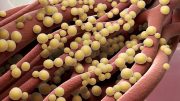
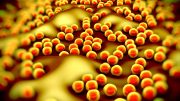
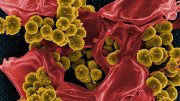
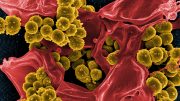
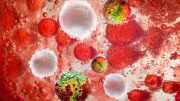

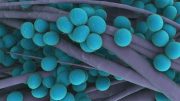
Be the first to comment on "Endolysins – A Solution to Antibiotic Resistance?"